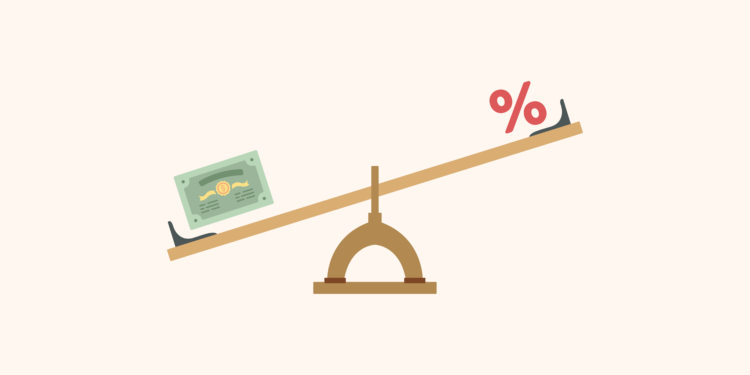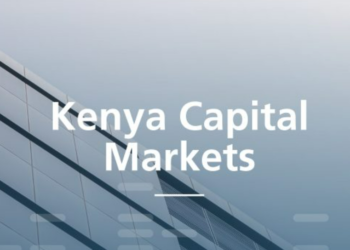Interest rates, bonds, and central bank rates are intricately linked in the financial ecosystem, each influencing the other in a dynamic interplay that shapes the economic landscape. At the heart of this relationship is the central bank’s monetary policy, which primarily revolves around setting the Central Bank Rate (CBR), a pivotal interest rate that serves as a benchmark for the financial markets. When the central bank adjusts this rate, it sends ripples through the economy, affecting consumer spending, borrowing, and investment decisions.
Bonds, as fixed-income securities, are directly impacted by changes in interest rates. A bond’s yield, which is the return an investor realizes on that bond, is inversely related to its price. The yield is calculated by dividing the bond’s annual coupon payments by its market price. Therefore, when interest rates fall, existing bonds with higher coupon rates become more attractive, driving up their prices and consequently lowering their yields. Conversely, when interest rates rise, bond prices tend to fall, and their yields increase. This inverse relationship is a fundamental principle of bond investing.
The central bank’s rate adjustments are a tool to either stimulate or cool down the economy. Lowering the rate makes borrowing cheaper, encouraging spending and investment, which can help in stimulating a stagnant economy. On the other hand, raising the rate increases the cost of borrowing, which can help slow down an overheated economy by curbing excessive spending and inflation. These rate changes affect the risk-free rate of return, which is a significant factor in the demand for financial securities, including bonds.
Understanding the interplay between these elements is crucial for investors, as it helps in making informed decisions about where to allocate their resources. For instance, in a low-interest-rate environment, bonds with higher yields may be in greater demand, leading to higher bond prices. However, if the central bank increases the rates, investors might anticipate a decrease in bond prices and adjust their portfolios accordingly.
Hence, the central bank rate is a powerful influencer of interest rates across the economy, which in turn affects bond prices and yields. Investors who grasp the nuances of this relationship can better navigate the complexities of the financial markets, making strategic choices that align with their investment goals and the prevailing economic conditions.


















